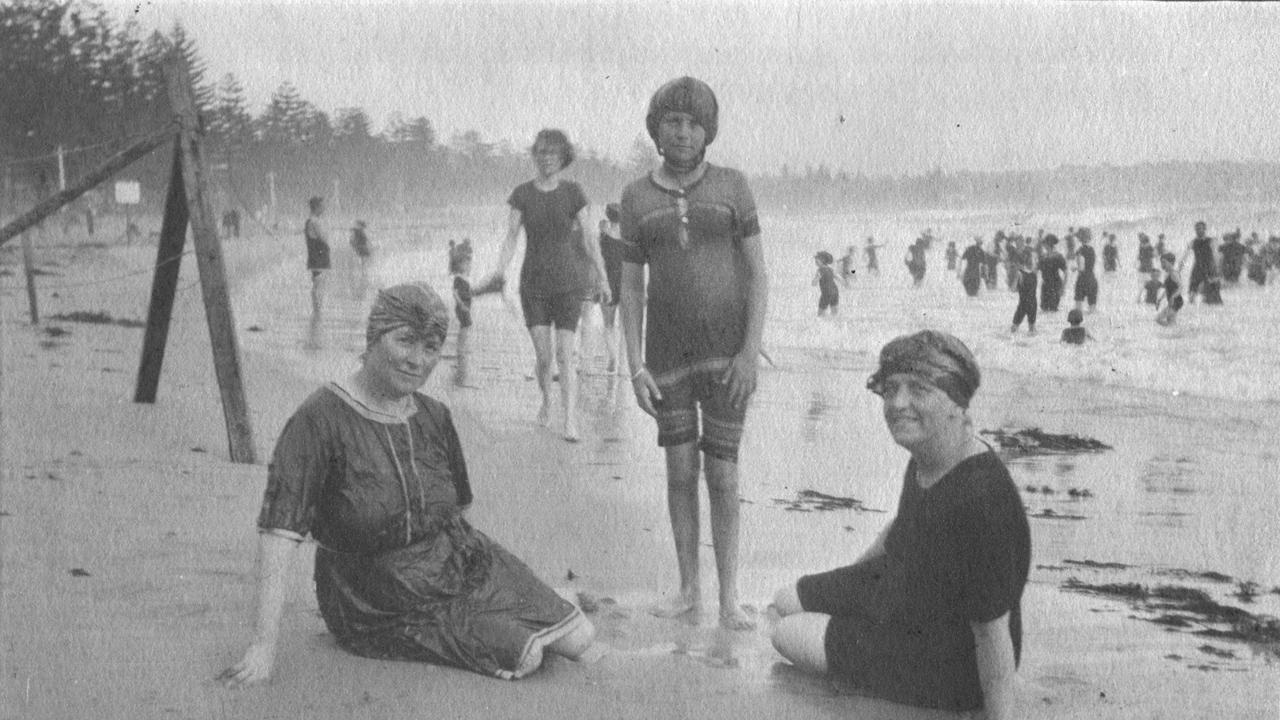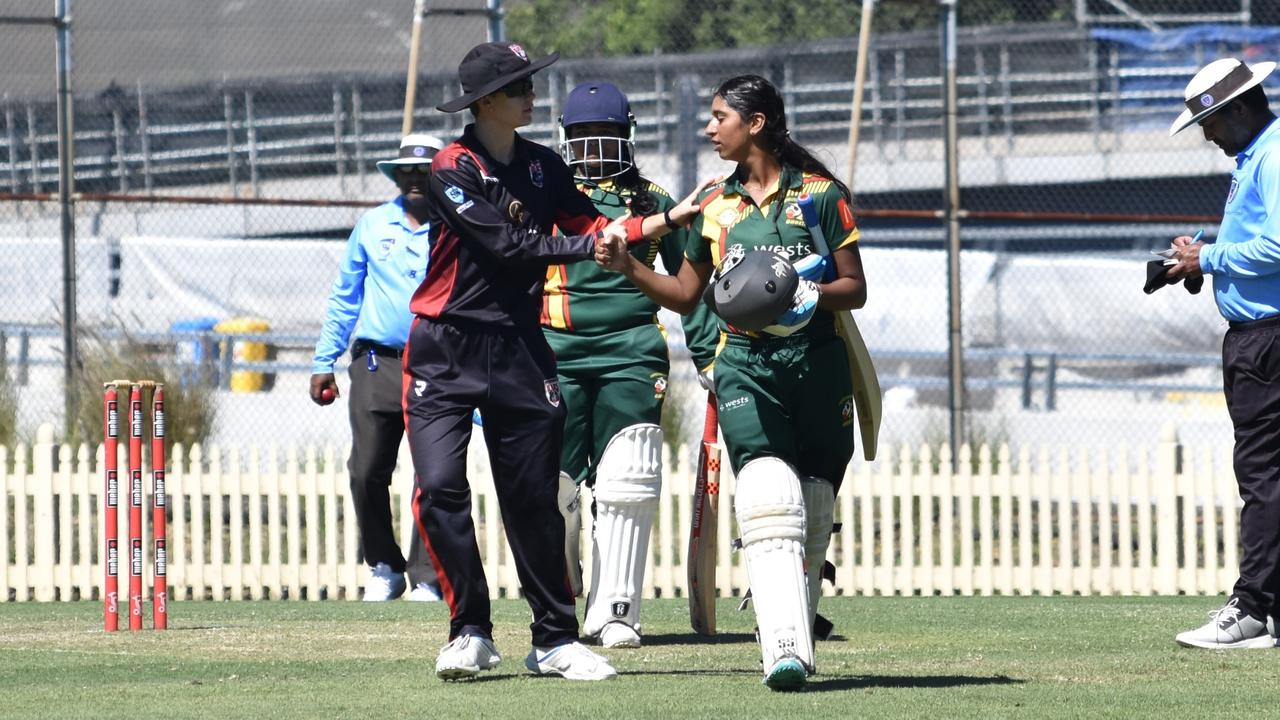Hornby Light: The red-and-white beacon of safety at the tip of South Head
It’s a sight familiar to every regular user of the Manly ferries – the small red-and-white striped lighthouse at the tip of South Head, whose beacon has shone almost without break since it was built in 1858.
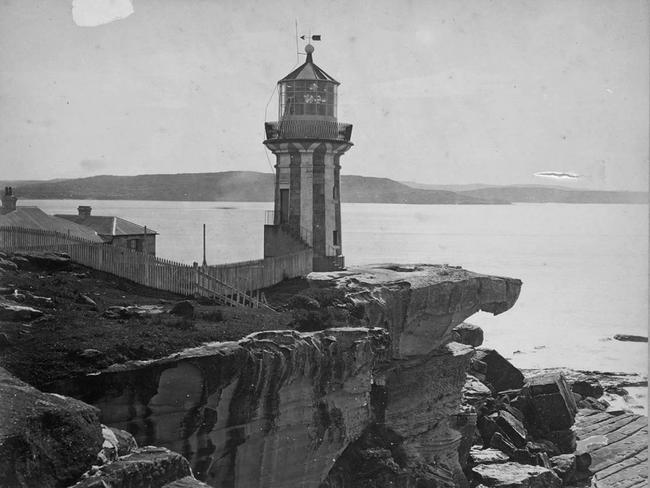
Manly
Don't miss out on the headlines from Manly. Followed categories will be added to My News.
It’s a sight familiar to every regular user of the Manly ferries – the small red-and-white striped lighthouse at the tip of South Head, whose beacon has shone almost without break since it was built in 1858.
Called the Hornby Light, the lighthouse was built in response to the worst tragedy in Sydney’s maritime history – the wreck of the Dunbar in 1857 with the loss of 121 lives.
Sydney’s first lighthouse was the Macquarie Lighthouse, which was built at Vaucluse in 1818, but it was more than 2km from the tip of South Head, so mariners were still in the dark about the precise location of the harbour’s entrance.
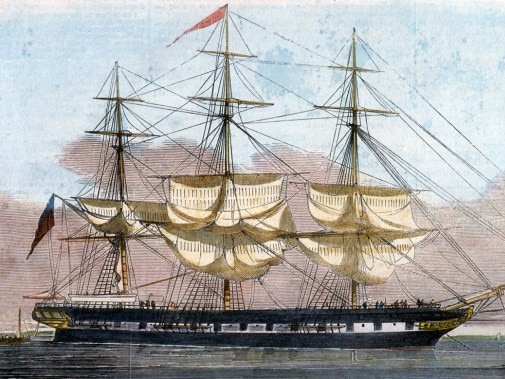
This fact was driven home on August 20, 1857, when the clipper Dunbar was wrecked near The Gap – halfway between the Macquarie Lighthouse and the tip of South Head – with the loss of 121 lives.
To be fair, the loss of the Dunbar was due as much to an error of judgement by the ship’s master as to the lack of a lighthouse at the harbour entrance but the public outcry demanded a response from the government.
The following month the Light, Pilot and Navigation Board examined the need for a lighthouse on the tip of South Head and recommended a lighthouse be erected there.
To have done otherwise would have outraged Sydneysiders.
There was debate about the precise location of the proposed light and whether a red or white light would be preferable.
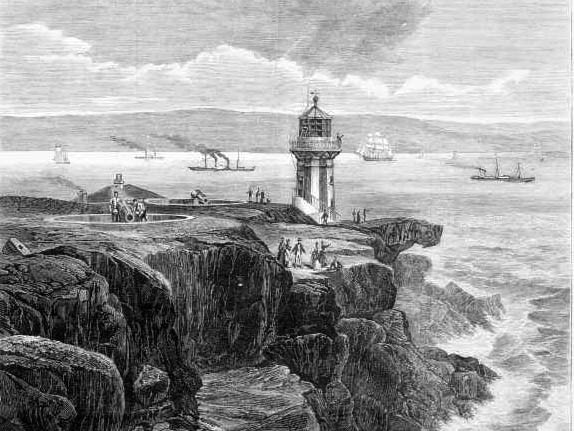
Eventually the tip of Inner South Head was chosen, along with a fixed white light.
The lighthouse was designed by Colonial Architect Alexander Dawson, who said the lighthouse and the keeper’s cottages would cost about ₤2732 to build.
Then it was realised that there was suitable light in the colonial stores that had been bought in 1853 at a cost of ₤2700, although why it hadn’t been used before was never answered.
As the editor of one Sydney newspaper opined: “It is a pity it was not erected long ago instead of resting in packing cases. Many lives and much property might have been saved.”
But even before work commenced – and just nine weeks after the loss of the Dunbar – the clipper Catherine Adamson dragged her anchors on October 24 and was wrecked on North Head with the loss of 21 lives.
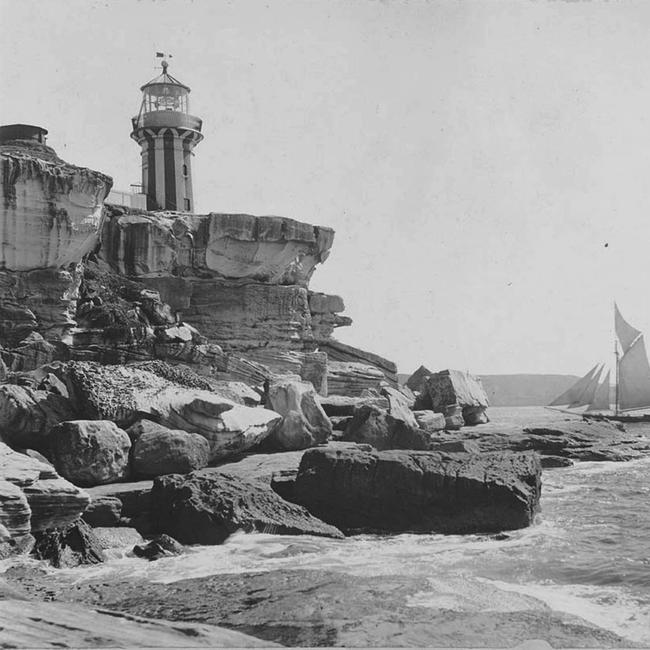
The loss of the Catherine Adamson wasn’t due to the lack of a lighthouse at the entrance to the harbour but it lent strong weight to the calls for the lighthouse to be erected at the tip of South Head and led to calls to have one erected on North Head as well.
The North Head lighthouse never eventuated.
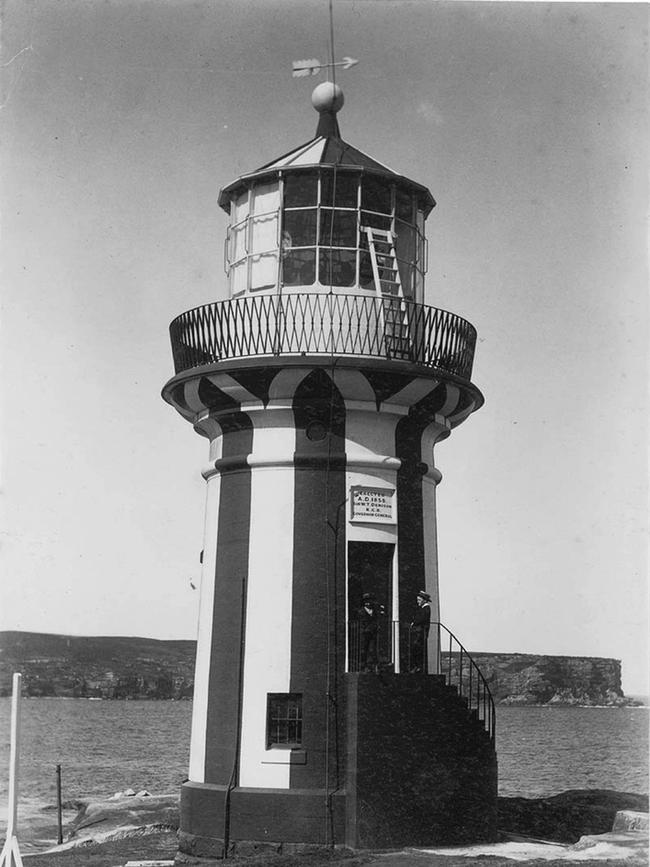
Alexander Dawson designed a tapered circular tower made of dressed sandstone, the light of which would stand 9m above ground level and 27m above sea level and be visible for 22km.
On October 2, 1857, the government called for tenders to build the new light and work was under way by the following month.
It is was announced at the time that the lighthouse would have distinctive vertical red and white stripes painted on it.
The stone for the lighthouse and keeper’s cottage was quarried from nearby cliffs.
A second keeper’s cottage was built in 1860 and both cottages were extended in 1877.
The lighthouse began operating on June 1, 1858.
The lighthouse was initially to be called the Lower Light, to distinguish it from the Macquarie Light, but the Government Gazette on June 4, 1858, announced it would be called the Hornby Light, in honour of the father-in-law of the then governor of NSW, Sir William Denison,
Denison’s wife’s father was Captain (later Sir) Phipps Hornby, who became Commander-in-Chief of the British Fleet in the Pacific in the 1860s.
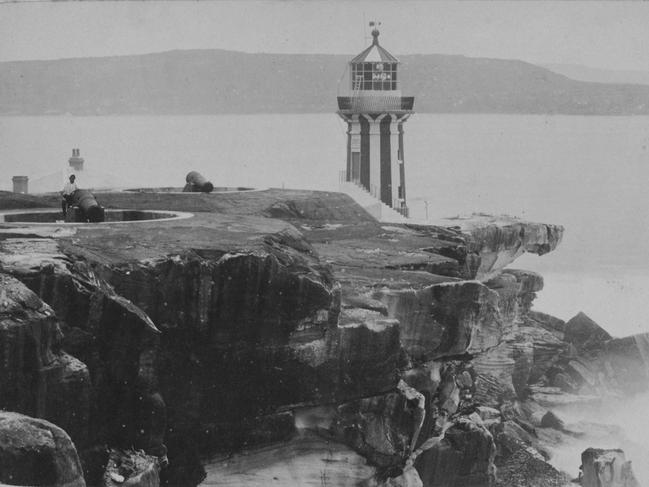
The first beacon was a first-order catoptric lens powered by kerosene but this was converted to incandescent gas in 1904 and to electricity in 1933, when it was automated and no longer needed a lighthouse keeper.
Use of the Hornby Light and other navigation lights in and around the harbour had to be limited during World War II so they couldn’t be used by enemy forces.
The character of the beacon was changed in 1948 from fixed to oscillating when a new catoptric lens was installed.
The Hornby Light is now occulting, where the period of light is longer than the period of darkness, as opposed to flashing, where the period of light is shorter than the period of darkness.

